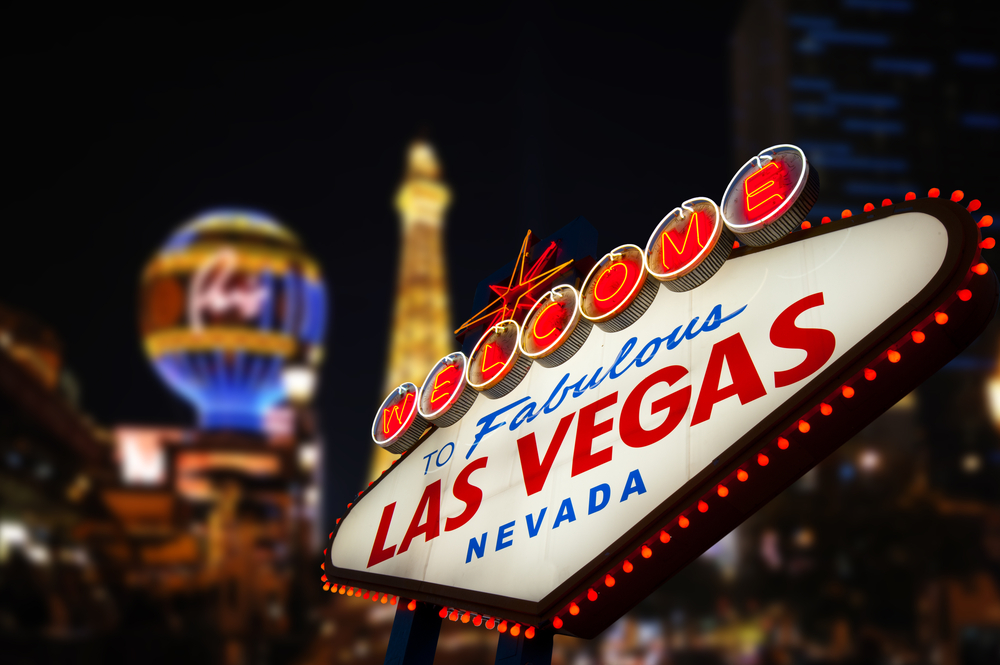The Short, but Significant History of the Moulin Rouge Hotel

The Moulin Rouge Hotel and Casino opened its doors on May 24, 1955. This is one of the most significant hotels in the history of Las Vegas and the US because it was the country's first racially integrated hotel–casino. It paved the way for the integration of the city and significantly contributed to the legacy of Black entertainers in Las Vegas. It quickly became a national sensation and competed with other more successful properties on the Strip.
It was owned by three white men who saw the importance of a hotel–casino serving African Americans. They recognized the need as a business opportunity and dipped their toes into a market no other investor was willing to enter.
African Americans could go to the Moulin Rouge as patrons alongside others. The hotel also allowed Black people to work in visible, well-paying jobs that were not available to them anywhere else in Vegas, such as managers, security guards, bartenders, cocktail servers, and dealers.
Before the Moulin Rouge, African Americans could only work back-of-house jobs. Even famous Black performers like Sammy Davis Jr. and Nat King Cole had to enter and leave hotels after performing through the backdoor. They could not eat, gamble, drink, or stay in the hotels in which they performed. The Moulin Rouge was the spot that welcomed all to do all, and they were never discriminated against.
Ending the "Mississippi of the West" Brand of Las Vegas
Las Vegas was known as the "Mississippi of the West" because of its harsh practices of segregation. In fact, Sammy Davis Jr. once said, "In Vegas for 20 minutes, our skin had no color. Then the second we stepped off the stage, we were colored again. The other acts could gamble or sit in the lounge and have a drink, but we had to leave through the kitchen with the garbage." This statement is a testament to just how segregated Sin City was.
But the Moulin Rouge attempted to end it all. By being the first racially integrated casino in Las Vegas and the country, it had an empowering effect on the Civil Rights Movement.
You must understand that the clientele, the employees, and the performers were all mixed. It attracted both Black and White patrons. Frank Sinatra, Ella Fitzgerald, Bob Hope, Harry Belafonte, and even Dean Martin performed here.
But as quickly as the hotel had opened and risen to fame, it closed. Despite being so successful, Moulin Rouge closed its doors after five and a half months. It later reopened under new management, but nothing was ever the same.
The Significance of the Moulin Rouge
The Moulin Rouge played a crucial role in the desegregation of Las Vegas and the United States. For example, on March 26, 1960, the Governor of Nevada and elected officials of Las Vegas met with African American community leaders, the NAACP, and others at the Moulin Rouge to discuss how they could go about desegregating the city.
The result of this meeting was the Moulin Rouge Agreement, which allowed for the integration of public accommodations. African Americans could now access dining, gaming, and shows, but not front-of-house jobs at casinos on the Strip.
The Moulin Rouge Today
The Moulin Rouge used to stand at 900 W. Bonanza Road. It was located on the Historic Westside of Las Vegas. Over the following decades, the property changed management and closed and reopened several times. There were renovation plans made, but nothing ever came out of them.
In 2003, the first of several fires to plague the property gutted the complex. The famous front façade and iconic hotel tower were demolished due to safety concerns in 2010. Many other devastating fires hit the property again in 2017, making the buildings completely unsalvageable. The demolition of the skeletal remains eventually took place.
The Moulin Rouge sign lit up for the first time in many years in September 2020 at the Neon Sign Museum. It's currently being displayed in the Neon Boneyard. Only the frame of the original Moulin Rouge marquee sign stands on the property next to the flat, vacant lot where the hotel used to be.